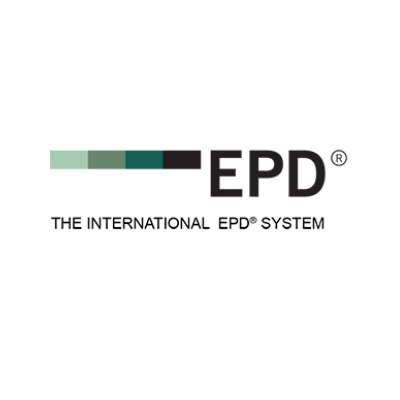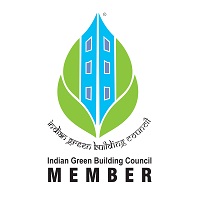Green Infrastructure
Nature-Based Solutions! This term has been widely used. What are these solutions? In addition, to how they came into existence, as well as what they can bring to cities. We are going to cover all of these questions in this article, “Nature-Based Solutions and Sustainable Built Environments” The Nbs concept is increasingly being developed and implemented by IUCN and other organizations, such as the European Commission. Nbs have been proliferating in European cities over the past years as smart and viable solutions to support sustainable urban development, in addition, to enhancing our understanding of nature in order to benefit human well-being. “Nature-based solutions have become a valid alternative for infrastructure development, and infrastructure update in cities that are considering (new) approaches and rethink their time horizon and costs in maintaining them” (Fink, 2016). This article investigates the potential of nature-based solutions (NBS) to build smart, sustainable, and resilient cities.
According to IUCN, “Nature-based solutions are actions to protect, sustainably manage, and restore natural or modified ecosystems that address societal challenges effectively and adaptively, simultaneously providing human well-being and biodiversity benefits.” In other words, Nbs is a collective term that has come to describe interventions that benefit human well-being while supporting biodiversity. There is a necessary need to understand nature in order to be able to harness its power for sustainable urban development. Nbs include a broad range of actions that use the power of nature to support climate resilience, healthy populations, sustainable economies, green jobs, as well as biodiversity conservation.
There is no single definition that can describe Nbs. However, we can see Nbs as an umbrella concept that encompasses a range of established approaches, such as ecosystem-based adaptation, ecosystem-based management, and blue-green infrastructure, as well as ecosystem-based disaster risk reduction. The concept of nature-based solutions has emerged in the last decades in environmental sciences and nature conservation contexts as international organizations search for ways to work with ecosystems rather than relying on conventional engineering solutions.
International Union for the Conservation of Nature (IUCN) proposed the following set of principles in order to move towards an operational framework that can guide applications of Nbs:
1) Embrace nature conservation norms (and principles.
2) Can be implemented alone or in an integrated manner with other solutions to societal challenges (e.g., technological and engineering solutions).
3) Are determined by site-specific natural and cultural contexts that include traditional, local, and scientific knowledge.
4) Produce societal benefits in a fair and equitable way, in a manner that promotes transparency and broad participation.
5) Maintain biological and cultural diversity and the ability of ecosystems to evolve over time.
6) Are applied at the scale of a landscape.
7) Recognize and address the trade-offs between the production of a few immediate economic benefits for development and future options for the production of the full range of ecosystem services.
8) Are an integral part of the overall design of policies, and measures or actions, to address a specific challenge.
Nature-based Solutions are best considered as a framework that covers a range of different approaches. These approaches came into existence from a variety of spheres. However, they share a common focus on ecosystem services and the aim to address societal challenges. The most important thing that we need to consider is the broad principle of bringing nature into cities for the multiple benefits that it can deliver.
Benefits Of Choosing Panache’s Green Rated Products:
Our Partnership Programs

Cross complemented product and services providers can be enrolled under this partnership program (Roofing contractor, HVAC contractors, HVLS Fans supplier)
Know More

Any individual from consultation fraternity to execution contractors can participate in such a program.
Know More

DSA (Direct selling Agent) partnership program provides opportunities to become entrepreneur in COOL ROOFING industries to each and every individual who wants to make their career as freelancers.
Know More
Green Talk Initiatives

Client Success Stories
FAQ’s
A Cool Roof coatings consists of a binder (usually an organic compound or silicone compound) blended with pigments and other additives to provide two main benefits: protection of roof membranes for longer roof life cycles; and reflectivity of solar radiation, for lower air conditioning costs.
The main components of most Cool Roof coatings are the binder, pigment, water and reflective pigments. Water serves as a liquid carrier, which provides viscosity, allowing the pigment and binder to be spread on the roof as a thin coating. The majority of white coatings in use today are water-based coatings
An energy efficient , white, reflective, elastomeric coating manufactured by Panache can reflect up to 92% of visible light, keeping the roof surface much cooler than with aluminum, black, or non-reflective roofing materials. Lower temperatures mean less energy usage, and translate to money saved. Elastomeric roof coatings protect the roof substrate adding years to your roof, plus saves against costly tear-offs and re-roofing.

 Get Free Audits
Get Free Audits Get Free Quote
Get Free Quote




















